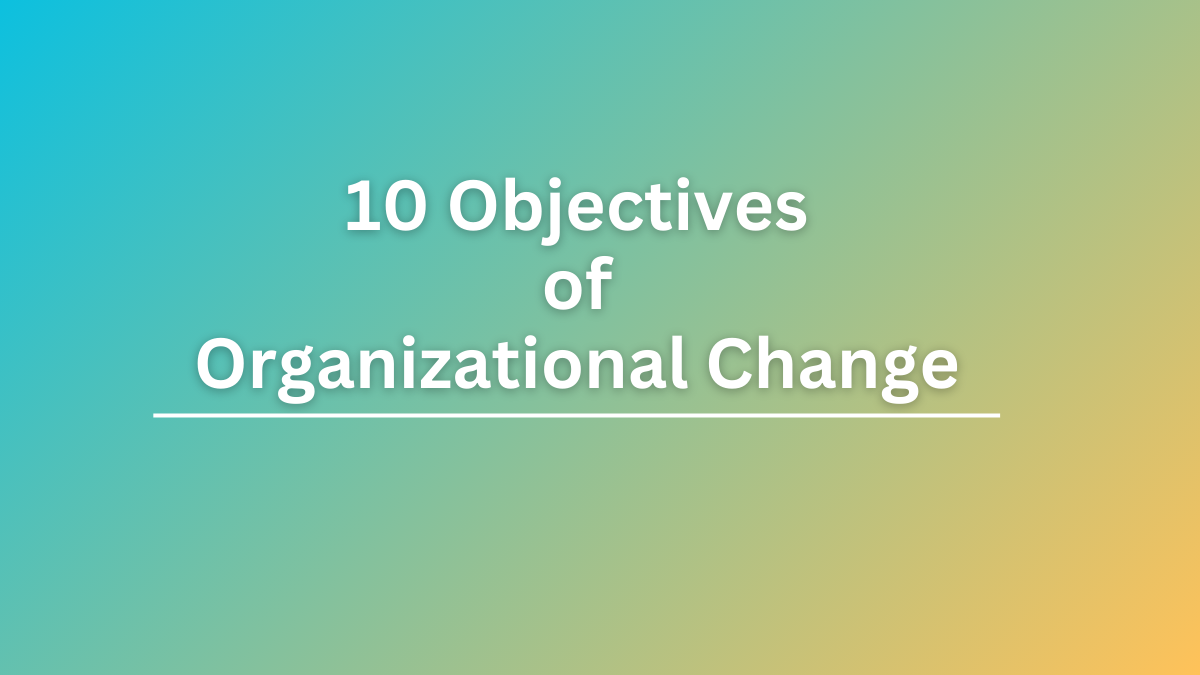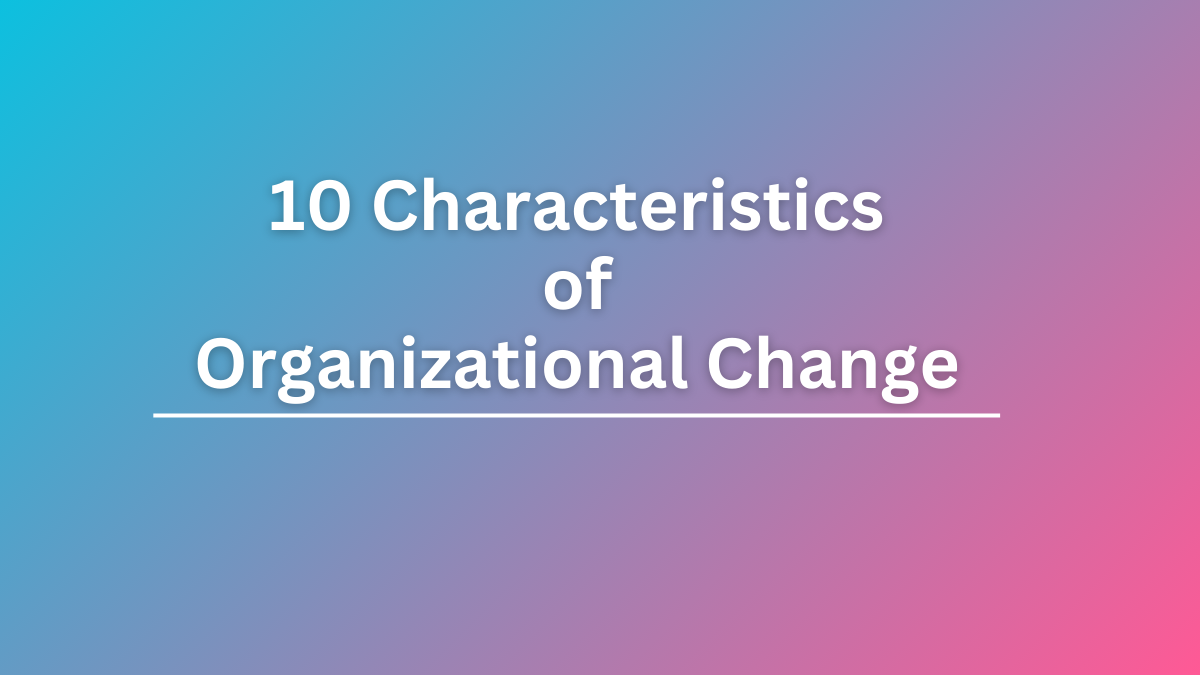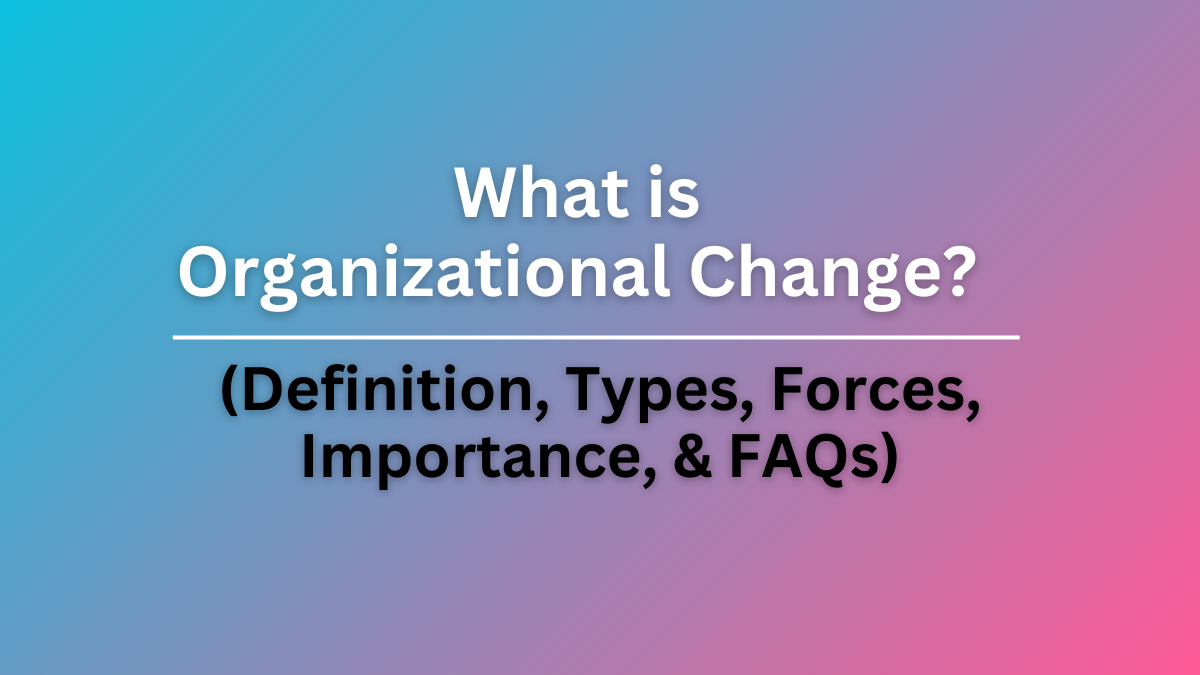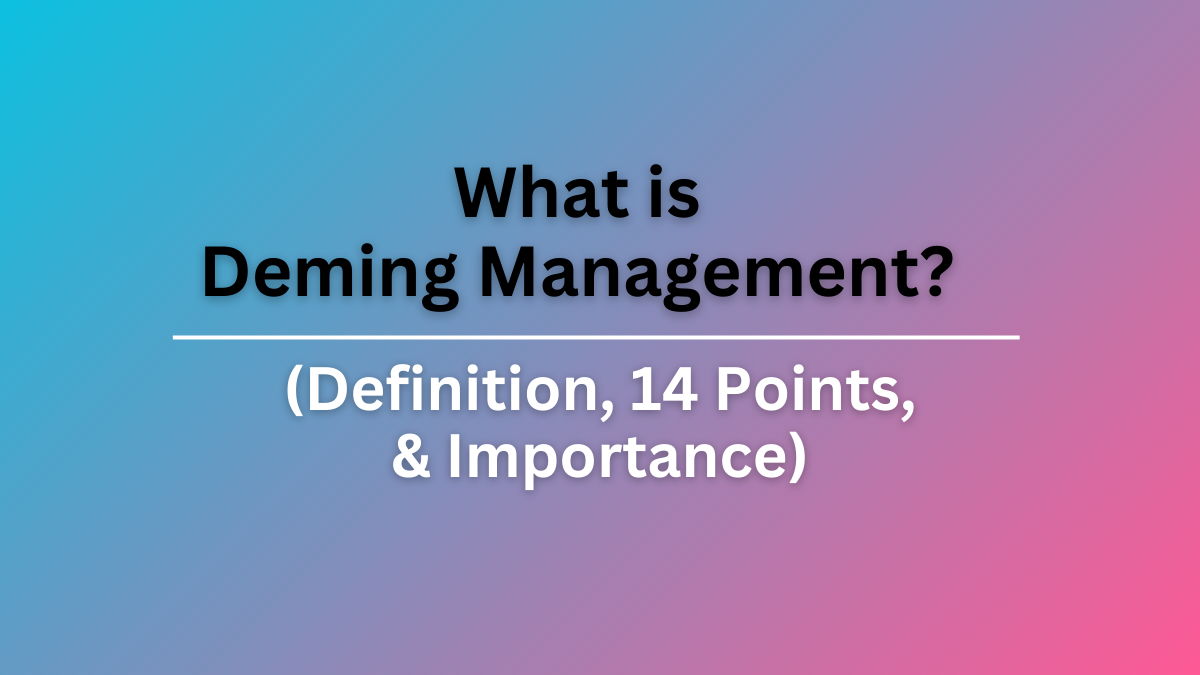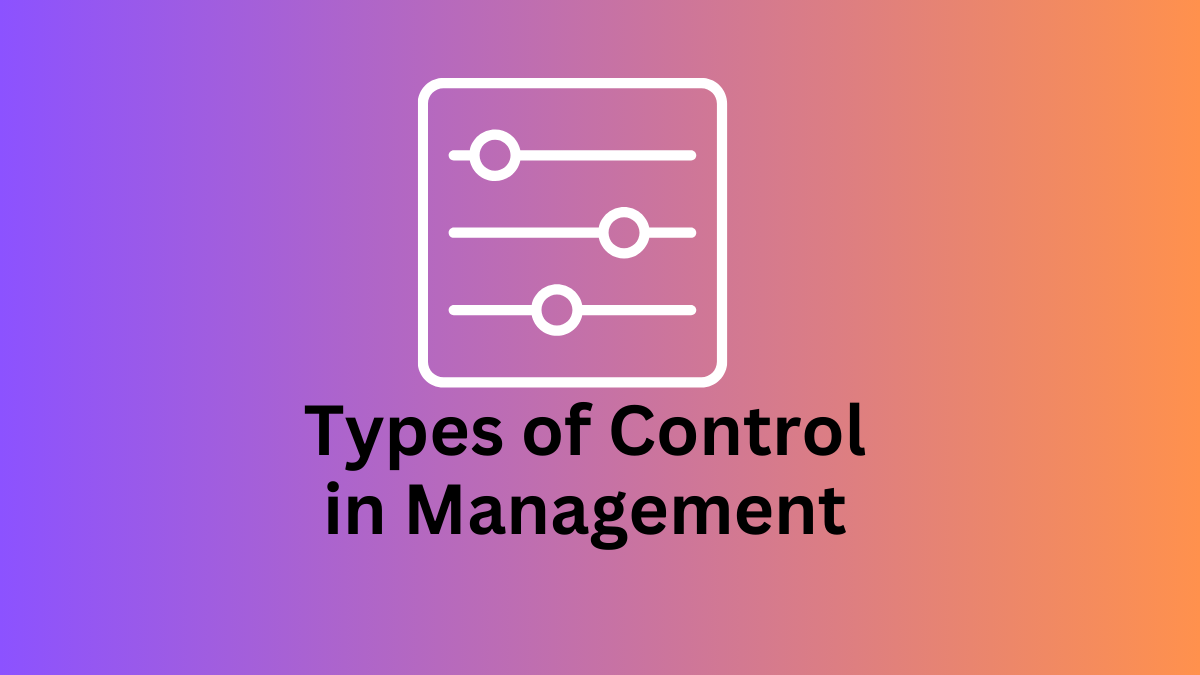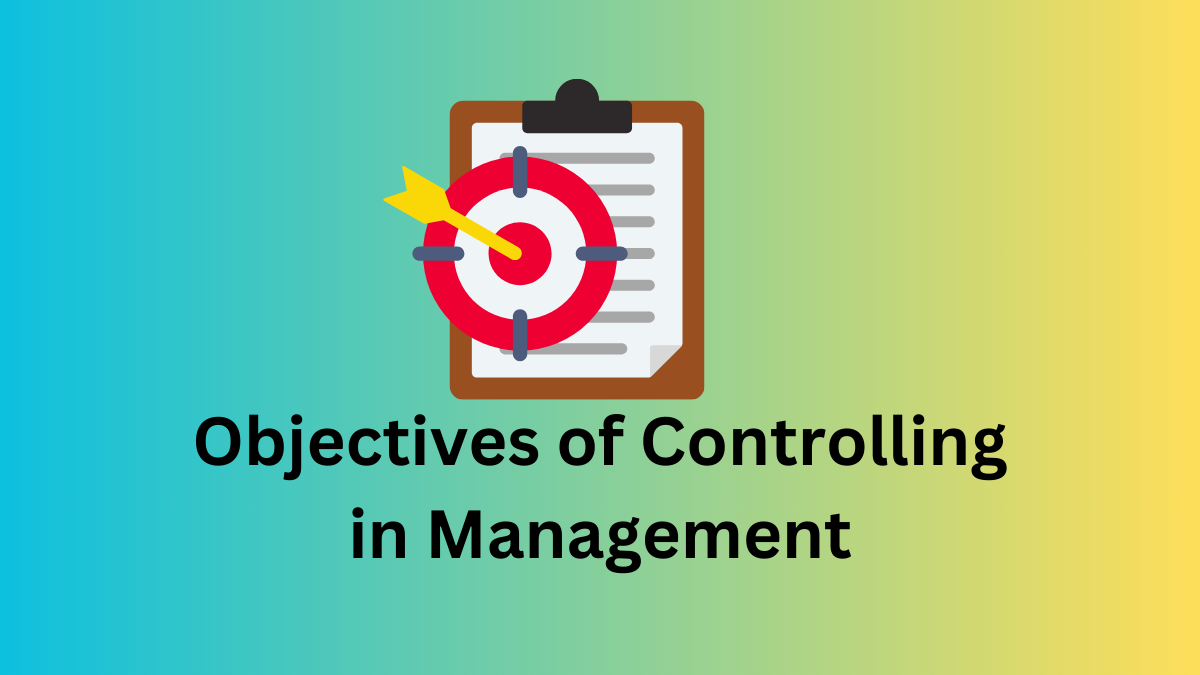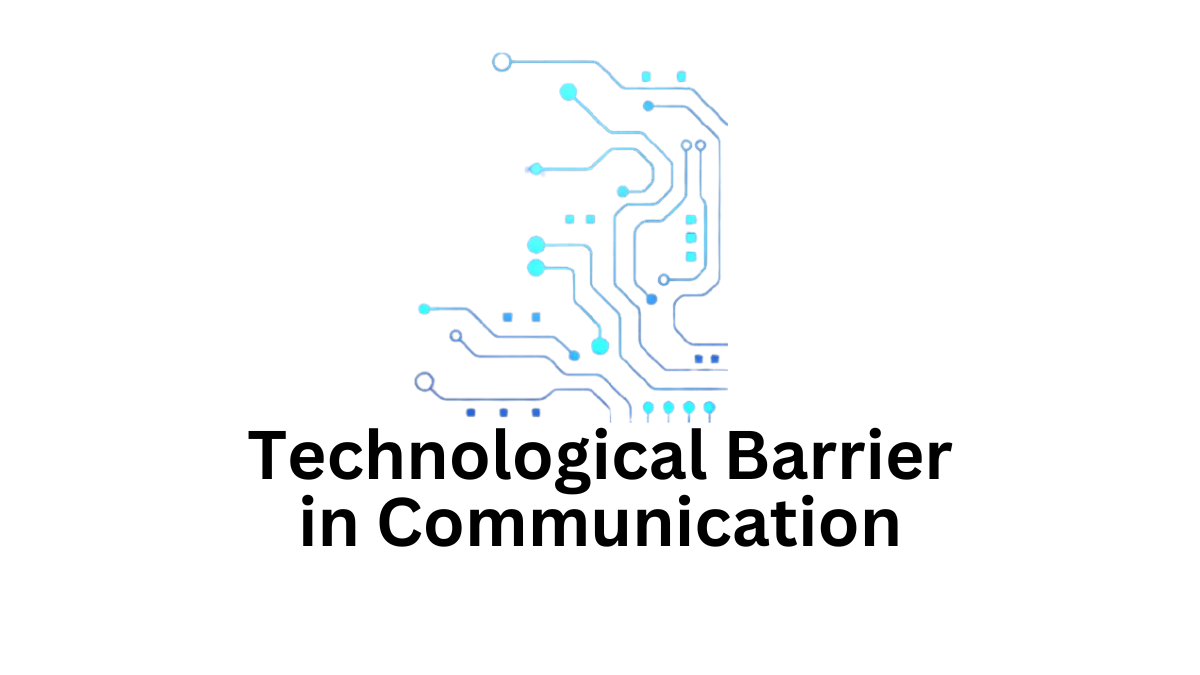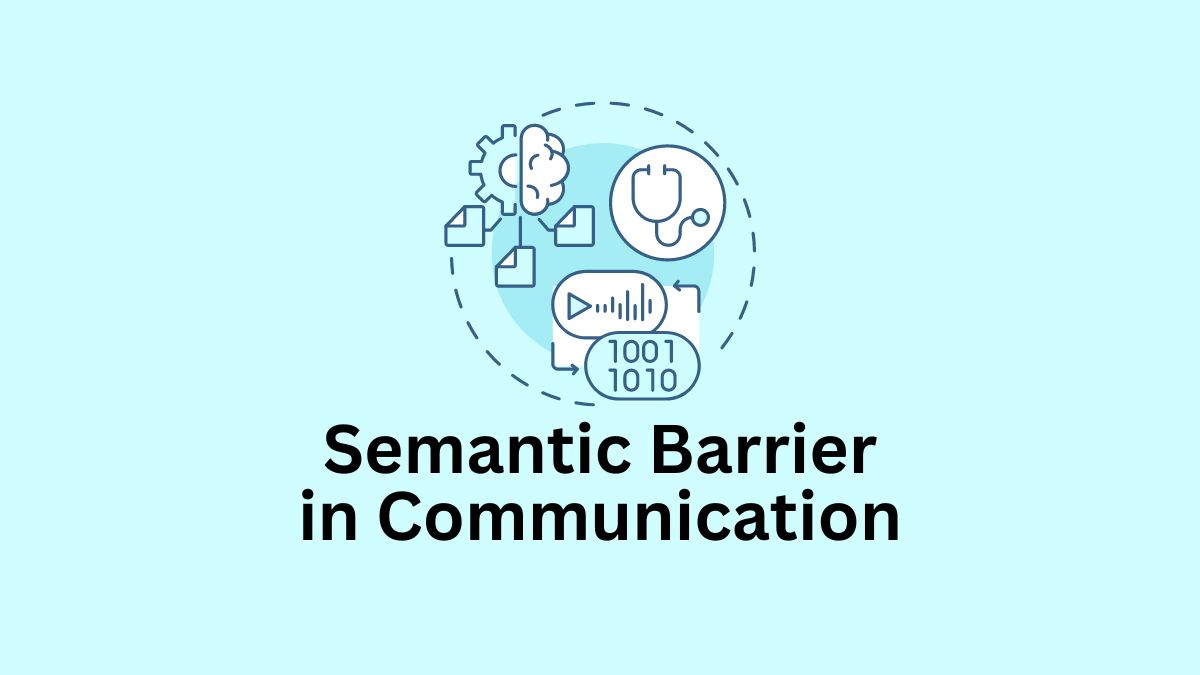The 10 Objectives of Organizational Change in Business
Objectives of Organizational Change Organizational change is a strategic way to change an organization’s structure to achieve better future results. In this article, we will explore the 10 major organizational change objectives. So, let’s get started: Strategic Alignment Organizational change aims to ensure that organizational change aligns with the overall strategic goals and vision. Organizational change should … Read more
